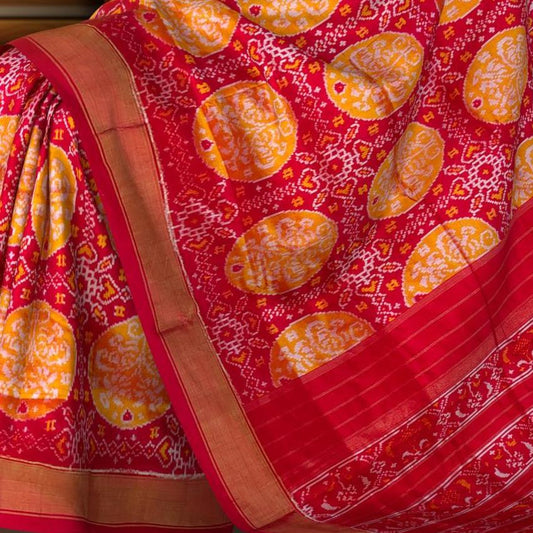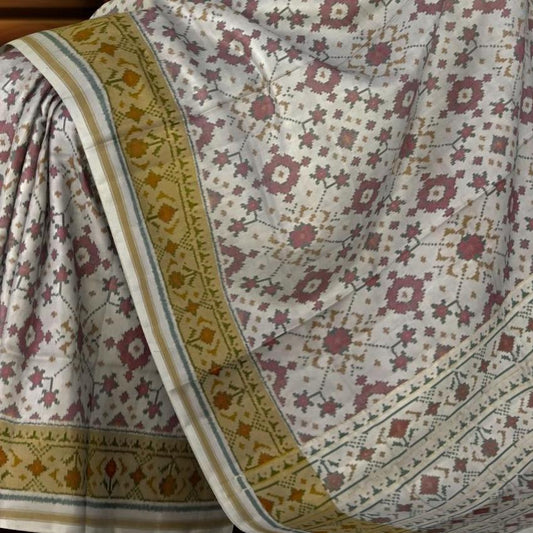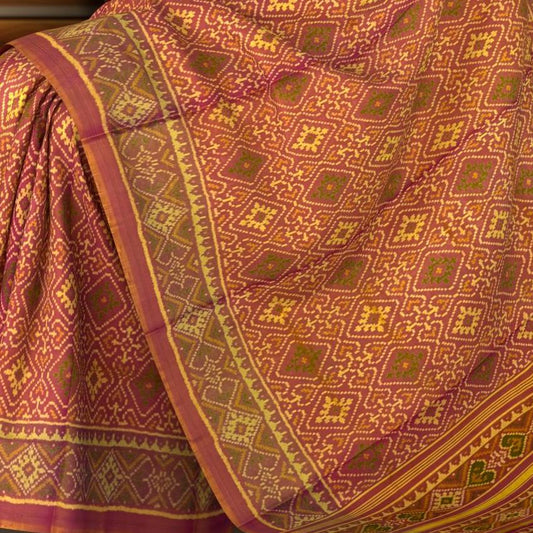Threads of Identity: Naga Handloom Flourishes in Manipur’s Highlands
IMPHAL – In the serene hill districts of Manipur, far removed from the urban noise, the soft rhythm of looms echoes through village courtyards.
In towns such as Tamenglong and Ukhrul, the Naga communities—Manipur’s third-largest ethnic group—are nurturing a centuries-old tradition, one thread at a time.
In Tamenglong, where the Zeliangrong Naga tribe resides, handloom weaving is not merely a skill—it is a vital thread of cultural survival.
Women, seated at traditional backstrap looms, intricately weave cotton and silk into vibrant fabrics that tell stories of heritage, pride, and ancestral wisdom.
From the classic phanek (a traditional wraparound skirt) to ceremonial shawls, each piece carries ancient symbols—markers of identity, social standing, and sacred customs—carefully preserved through generations.

“We create our traditional attire here. It usually takes one or two days to complete a single piece, and the process is quite demanding,” explains artisan Thinglung Lio.
“Our products cater to both men and women. Prices begin at around ₹3,000, but the cost varies depending on how intricate the design is.”
Inside her modest workshop, rich shades of red, black, and white—colours deeply connected to tribal lore—are spun into striking patterns that reflect the land’s enduring spirit and its people’s identity.
These textiles are more than mere clothing—they are powerful emblems of community, often worn with pride during cultural festivals, weddings, and significant life events.
However, like many traditional industries in the region, the handloom sector has struggled against the backdrop of conflict and economic uncertainty. Political turmoil in recent years disrupted production and strained supply chains.
“Business slowed down for nearly one and a half years,” recalls Thotreichan Zimik, who manages a handloom collective in Ukhrul.
“But over the last few months, things have started to improve. Our artisans are now working full days again.”
This cautious revival signals more than just economic recovery—it reflects a renewed commitment to cultural endurance.
Support from government initiatives and NGOs has enabled skill development and artisan training, while digital platforms have started introducing Manipuri weaves to wider national audiences.
Though international sales remain limited, the rise of online shopping has opened up new possibilities. Young designers are merging traditional patterns with modern silhouettes, capturing the attention of city dwellers and members of the Naga diaspora looking to reconnect with their roots.
This blend of legacy and innovation is drawing new eyes to the craft—while staying true to its essence.
As Manipur balances tradition and transformation, its weaving practices endure—not as relics of a fading past, but as living symbols of creativity, identity, and resilience.







Leave a comment
Please note, comments need to be approved before they are published.